Thursday • 1/4/2024 •
Welcome to Daily Office Devotions. I’m Reggie Kidd. Thanks for joining me. We’re taking a detour from the Daily Office readings for a few days, as we consider several aspects of worship: corporate and personal. The thoughts offered here are excerpts from articles I wrote for Worship Leader Magazine a few years ago. We’ll resume our reflections on the Daily Office this next Monday.
“COLOR ADDED”
Some of us serve in a building that is an unadorned, multimedia-accommodating “box” that we are able to treat as a canvas for telling God’s story. We can fill it with lights and sights and sounds any way we wish, any time we wish. I have spent many of my ministry years in such a setting. It’s a delight to play with visual and aural textures, and to take on the challenge of imagining anew the Christian story week after week.
Some of us serve in a building that is clearly and intentionally designed for “church.” I am spending the present phase of my ministry in this sort of setting: a cathedral of Gothic Revival design. Stained glass panels encompass the worship space with a rehearsal of the biblical story. An altar is both the visual and liturgical focal point of the room. Pulpit to the side, but elevated and extending out toward the congregation. Pipe organ. Pews with kneelers. A lingering scent of incense. I am learning that fixed features can bring their own delight.
Permanence…
The New Testament portrays the Church as something that is both dynamic and changing, on the one hand, and solid and immovable, on the other. To be sure, the Church is made up of “living stones,” and is constantly growing (1Peter 2:5; Ephesians 2:21). At the same time, Christ’s Church is also “the pillar and foundation of the truth” (1Timothy 3:16). It’s as though we need “wings to fly” and “feet firmly planted.” Opposites? No, not really.
I am appreciating the way the building I’m in communicates the solidity of our faith. Twelve massive pillars – each bearing the shield of one of the 12 apostles – surround us as we worship. Stained glass panels depict Jesus’ life and ministry on the lower level, and Old and New Testaments saints on the upper level. It’s marvelous to be surrounded by such a great “cloud of witnesses.”
… But Not Perfection
No other entity on earth will last beyond the Lord’s return – no government, no economy, no relationship – only Christ and his Bride, the Church. Nor, even in this age, it seems to me, is there any more compelling an argument to be made for the truth of the faith than the existence of the Church itself. As Cardinal Ratzinger (before becoming Pope Benedict XVI) offered: “The only really effective apologia for Christianity comes down to two arguments, namely, the saints the Church has produced and the art which has grown in her womb.”
What speaks so profoundly about the Church’s existence is that we are a community of people who are forgiven and know it. Flawed and owning it. Loved in spite of ourselves, thus under compulsion to love in response.
A Mystery
Early in my days at the cathedral after a worship service, I was surveying the Old and New Testament figures portrayed in the stained glass panels around the top of the building. It was no small help that the names of the saints were part of each panel. But there was one panel that nearly stumped me. It was a panel of Moses, but from my vantage point below, it looked like the name “Moses” was upside down and backwards, and indeed it was.
A number of people I asked had the impression it had been done that way on purpose to “remind generations that only God is perfect.” Anne Michels, the Cathedral Archivist, had heard that account for years, and called Willet Studios in Philadelphia to confirm the story. (They created our stained glass … as well as the stained glass in the National Cathedral in Washington, D.C.) According to Willet Studios, when the Moses stained glass was installed in the late 1980s, the panel with his name was inserted upside down by accident. The letters (as you can see) are stylized. Nobody seemed to notice the mistake until the work was finished. At that point, they were left alone. And as such, they stood as a reminder that only God is perfect, or in Anne Michels’s words, “they are for us a message of the futility of works. If we try to work our way to perfection, we’ll never get there.”
The mistake was allowed to stand until we had it corrected in 2020. Whenever I look up at Moses, I am reminded, as a friend put it to me, that “the most beautiful of our creations this side of glory are still fallen creations. We are forgiven people, living in hope.” People who talk that way let me know I am where I need to be. Those are the kind of lives that commend the faith. This is the kind of art that grows – by a combination of inspired purpose and providential accident – in the womb of the church.
Symbolic East …
Early Christians were known for praying facing the east. That’s because, notes Gregory of Nyssa (central Asia Minor, 4th century), East is the birthplace of humankind and the earthly garden of paradise. As Thomas Aquinas (Italy, 13th century) was later to observe: East is the place of our Lord – his life and death, and the direction from which he will come on judgment day.
Jesus’ incarnation, death, and resurrection is the dawn of new creation. That’s what John the Baptist’s father, Zechariah, anticipated when he sang about “the rising Sun” visiting us (Luke 1:78 NJB – the term is anatolē, lit., “east,” a term that was understood either to refer to the morning star, Venus, or to the rising sun itself). That’s what early Christians recalled when they noticed that the Greek Old Testament had translated the messianic promise of a “Branch” (Heb. tsemaḥ) as “Dawn” (NET – again, anatolē; Zechariah 3:8; 6:12; Jeremiah 23:5).
Accordingly, when Christians began building church buildings, they put them on an east-west axis when they could – the door of entry to the west, and the pulpit and Table to the east. We came from Paradise … then lost Paradise through a bad exchange and are being reoriented to Paradise through our Second Adam’s mission of love to regain his Bride. That cosmology – that symbolic shaping of our world – alone gives us our bearings in a world that has no bearings.
To reinforce that symbolic reshaping of space, my church is laid out on an east-west axis – except for this: it’s backwards. So the architectural plans show literal east as “Symbolic West” and literal west as “Symbolic East.” I love that! Getting true directionality is clearly not about literalism. That means it doesn’t especially matter whether you have stained glass or screens, pews or cafeteria chairs, an organ or a band, you can point “east,” as long as you know what you are looking for.
… With “Color Added”
I’ve served urban and suburban churches, and churches in university towns and in beach towns. I’ve appreciated the way each has acknowledged and embraced the place of its setting. Orlando, Florida, was a small town in the 1920s when the cathedral was built. Back then Central Florida was awash in citrus groves, not tourist attractions. To honor its city’s roots and to help to tell its “story,” the cathedral frames one of the stained glass panels – one that places Jesus among his disciples – with stained glass oranges. In letters barely large enough to see, one of the oranges bears the characteristic citrus industry stamp: “COLOR ADDED.”
“There are no unsacred places,” offers Wendell Berry, “there are only sacred places and desecrated places.” The Lord has given each of us a place to sanctify. Whether with technology that is dazzling and electronic or that is simple and acoustic, whether across a canvas that constantly evolves or within a fixed environment that stolidly invites you to discover its nuances, may we embrace, enhance, and redeem local “color.”
Be blessed this day,
Reggie Kidd+
















